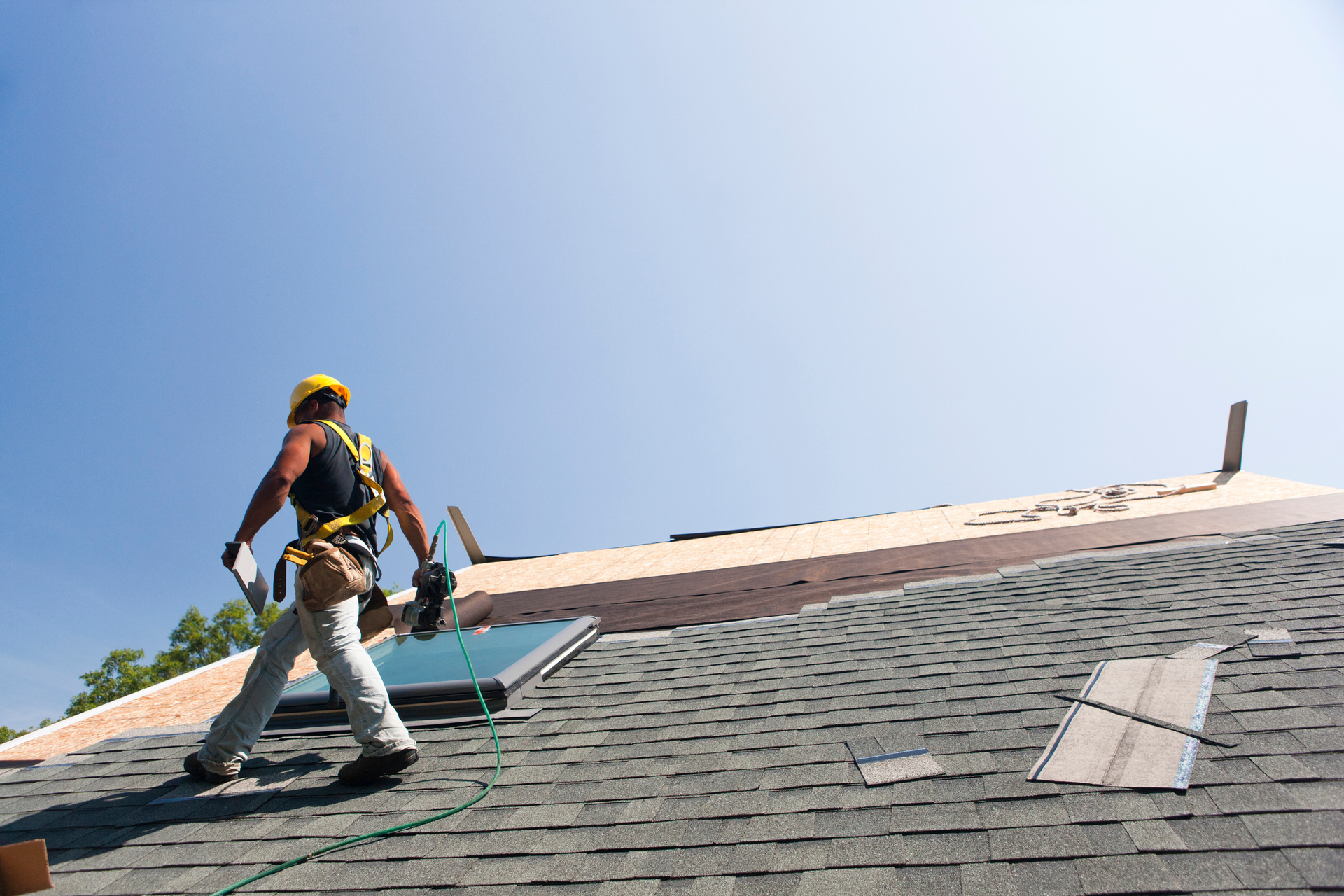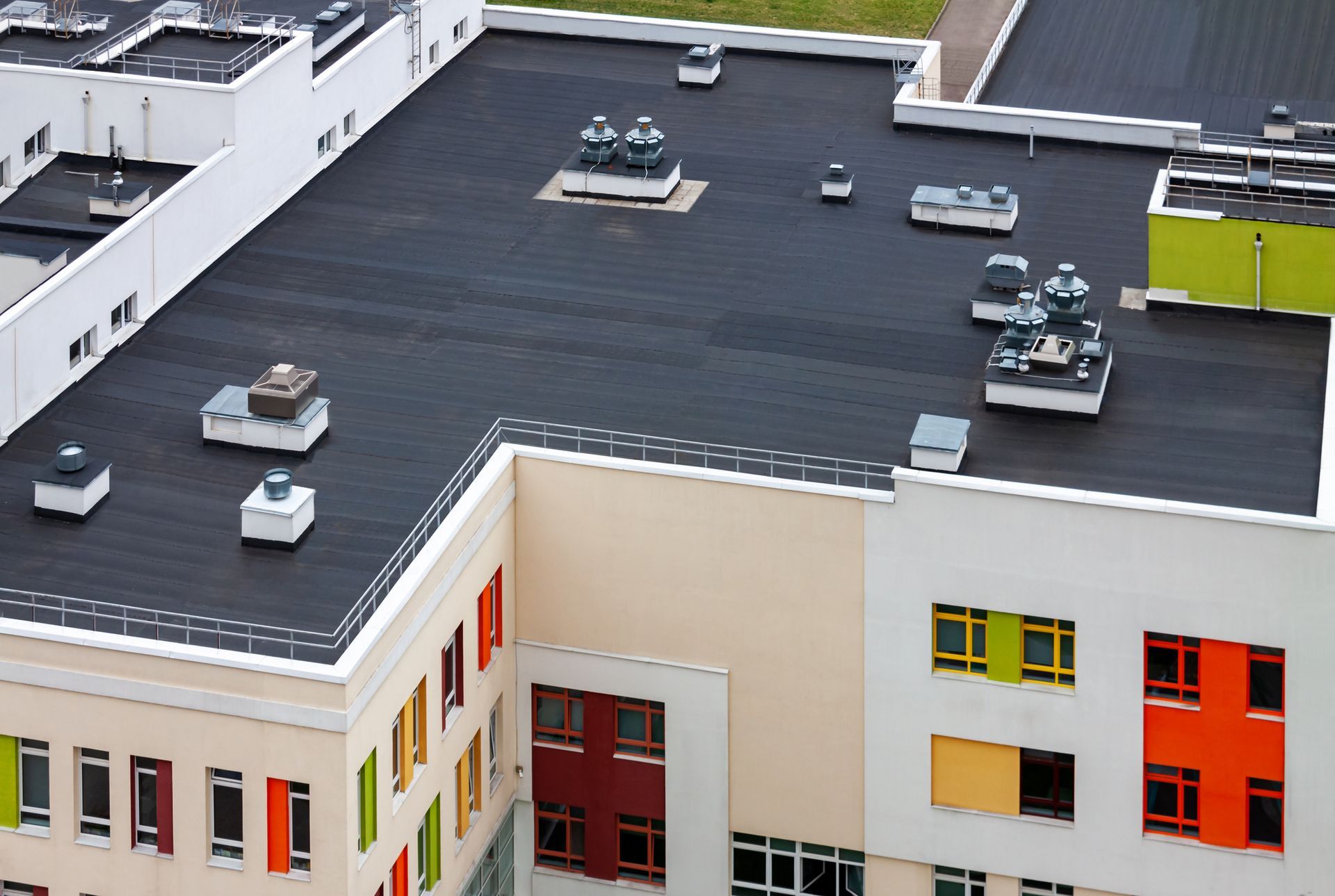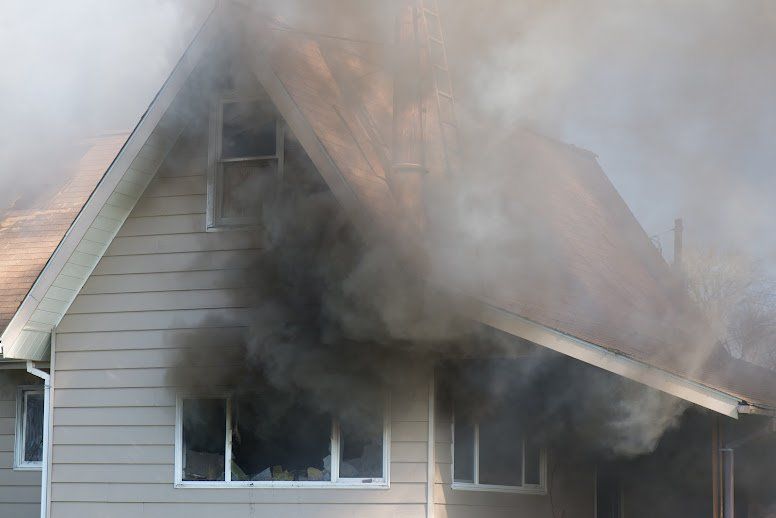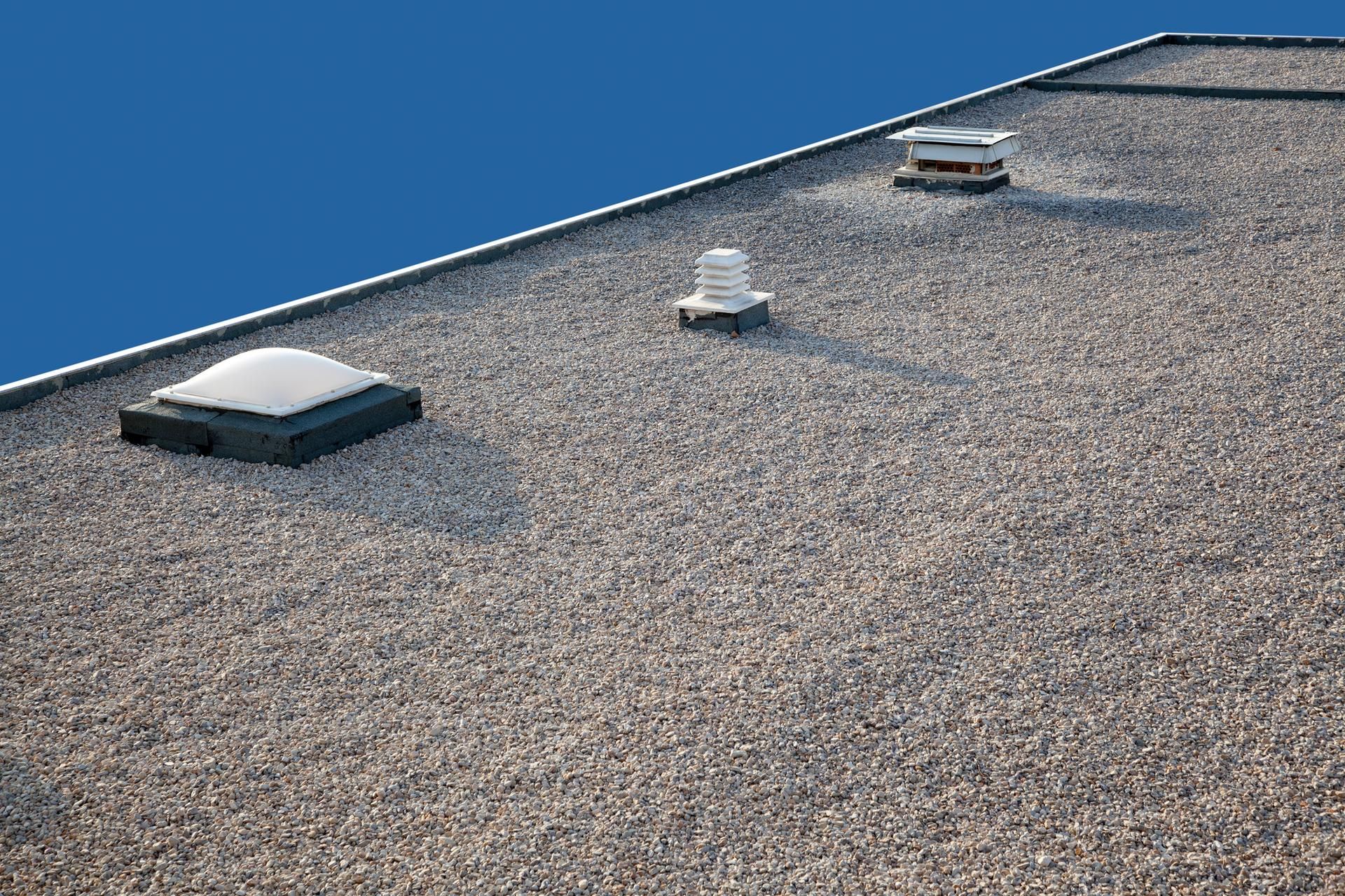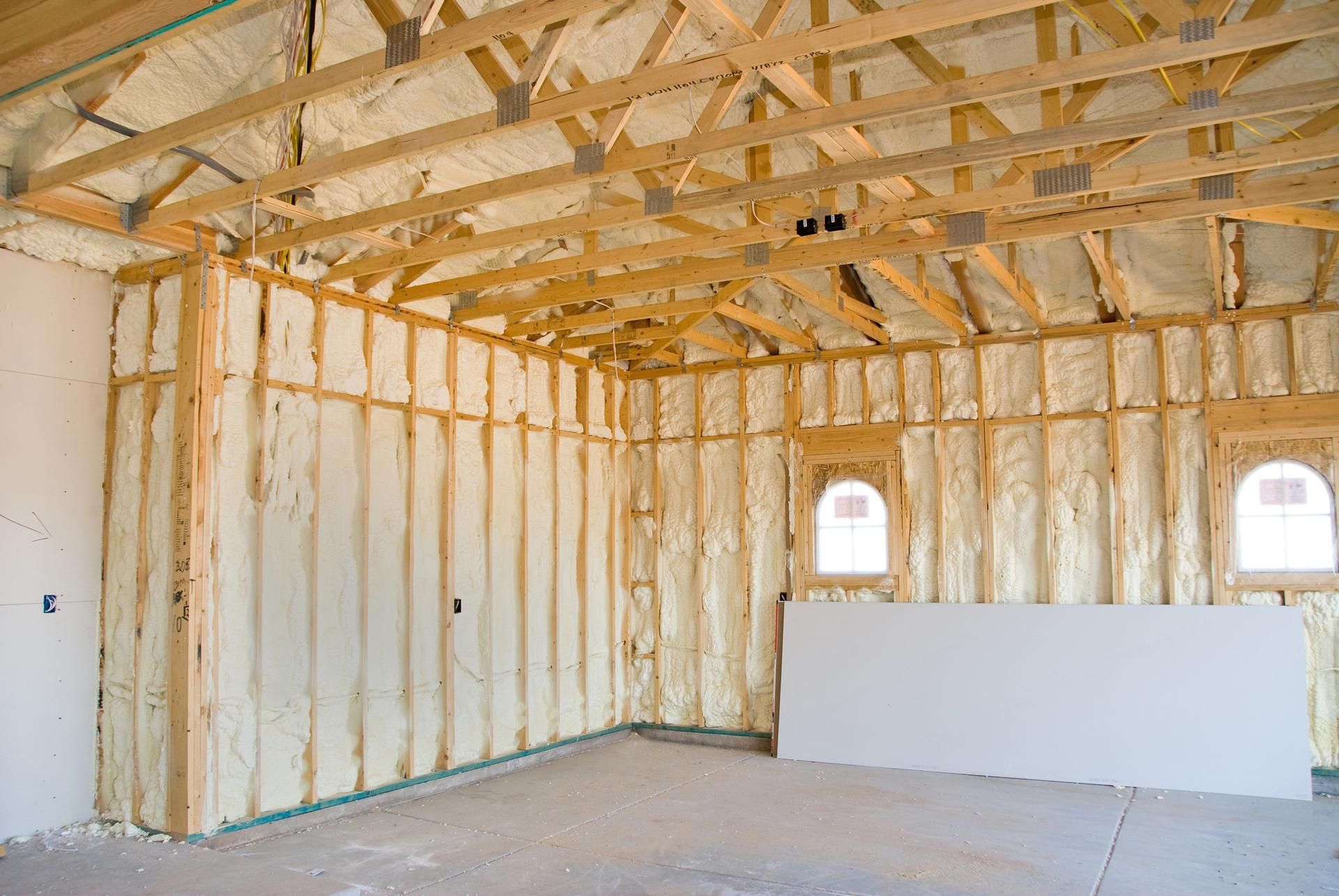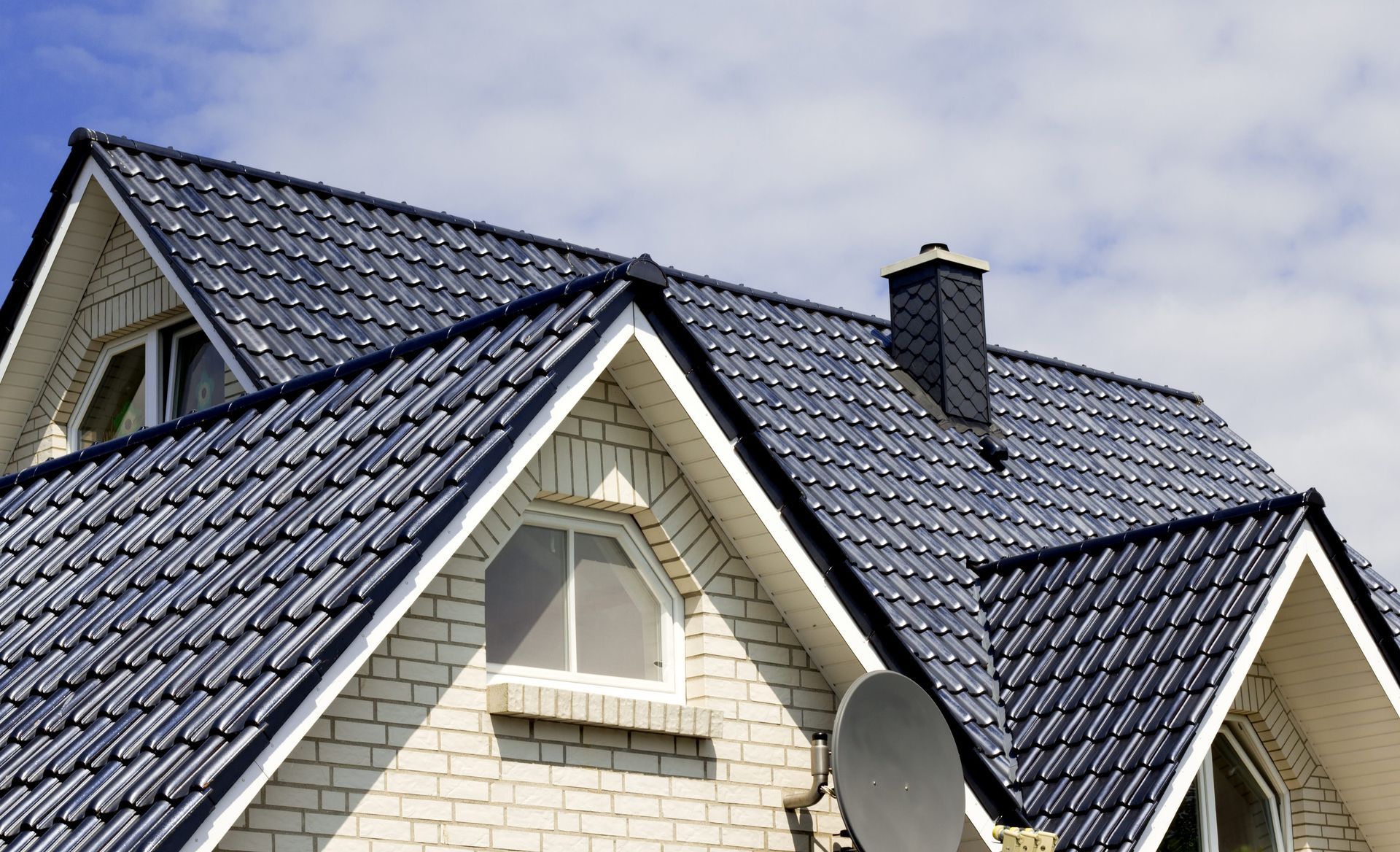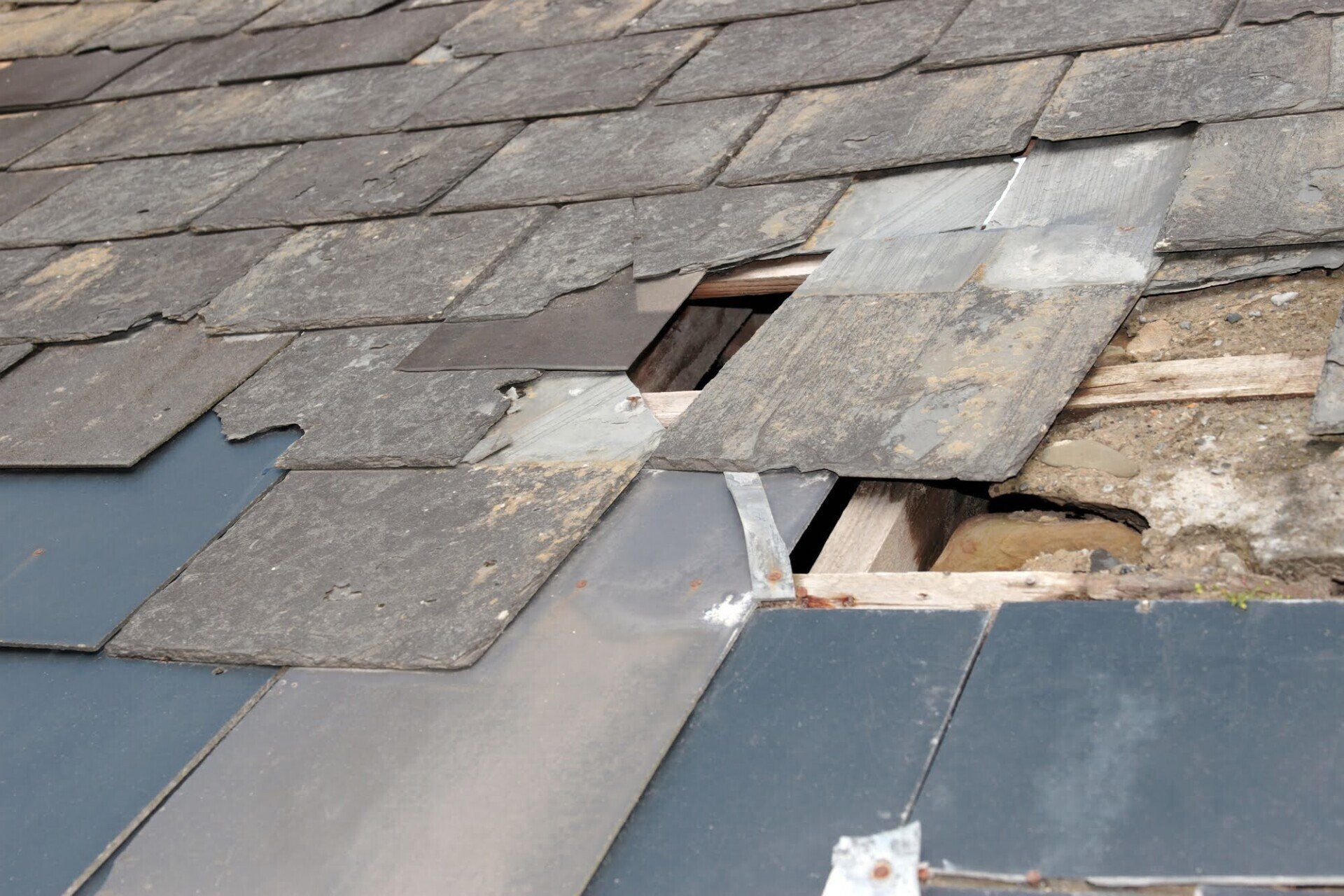Soffit and Fascia: What Are They for and What Can Damage Them?
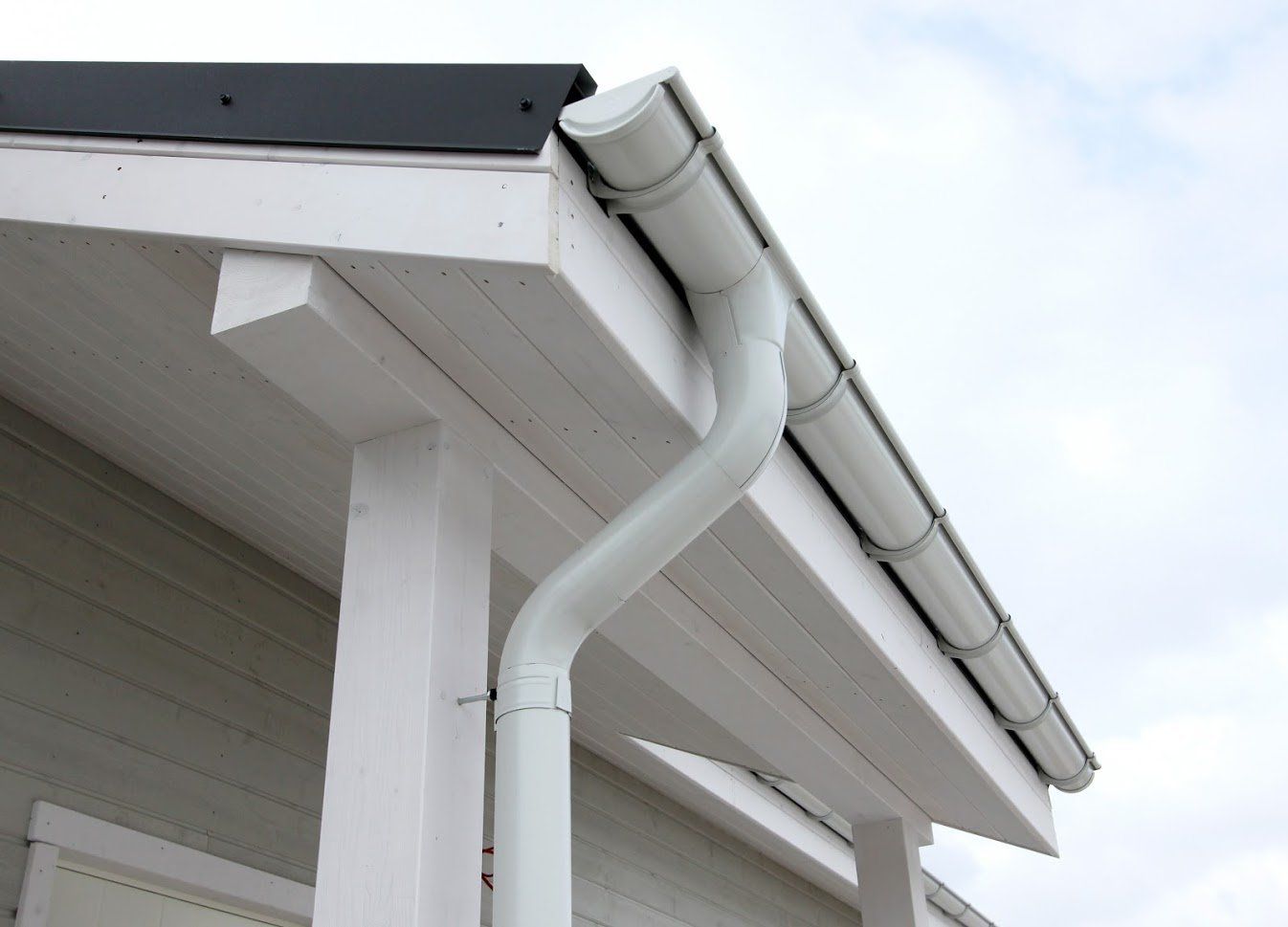
The soffit is the roof overhang material that connects the roof to the siding. The fascia is the material that runs along the roof overhang's side. The two parts of the roof, which often work in unison, serve critical purposes even though few people notice them. Below are the major purposes of soffit and fascia, plus the threats they face.
Purposes
Below are some of the reasons your house needs soffit and fascia.
Weather Damage
Weather elements are some of the biggest threats to your roof and house as a whole. The soffit and fascia are part of the roof's structure that prevents weather damage to your house. For example, the soffit and fascia prevent rain penetration under the roof and reduce the risk of wind uplift.
Gutter Support
The fascia board provides a sturdy structure for gutter attachment and support. The support is necessary since gutters become heavy when water or snow fills them. Such additional weight can lead to gutter disconnections or interfere with the gutter's pitch without adequate support.
Tile Support
For some roof designs, the fascia along the roof's edge provides support for the roofing tiles.
Ventilation
The fascia and soffit can also improve your house's ventilation. Your roofing contractor can incorporate fascia and soffit vents to improve airflow in the attic. That way, the roofing design doesn't need complicated tile vents.
Pest Mitigation
The soffit and fascia integration seals the joint between the roof and siding. The seal not only prevents moisture penetration but also helps to keep pests out of the house.
Aesthetics
Lastly, the soffit and fascia can also enhance your roof's and overall house's curb appeal. You can even play around with different soffit and fascia colors to complement your roof's or siding's color.
Damages
The soffit and fascia can suffer damages just like other parts of the roof. Below are some threats these parts of your house face.
Rot
The soffit and fascia protect your house from water or moisture damage, but they are not immune to similar damages. Constant moisture can cause these roof parts to rot, especially wood, a common material for soffit and fascia.
One solution is to use alternative materials, such as PVC (plastic), which do not rot. Another solution is to reseal your soffit and fascia regularly and replace them if they rot.
Mold
Constant exposure to moisture can encourage mold to grow on your soffit and fascia. The mold can accelerate the soffit's and fascia's rot. Note that mold thrives on organic material, so once again, an inorganic material for the soffit and fascia can prevent the damage.
Aging, Cracks, and Chips
Aging, mainly due to wear and tear, can also damage the soffit and fascia materials. Exposure to sunlight and moisture can accelerate the deterioration. Accidental damages, for example, from hailstones or windstorms, can also cause some damage. Inspect the roof regularly and replace the damaged parts.
Pests
Lastly, just like moisture, the pests that the soffit and fascia keep away from your house can also damage them. Large pests are particularly dangerous for this part of the house. For example, large animals such as squirrels can gnaw or scratch the wood. The damage can accumulate over time and reduce the soffit's and fascia's resistance to further threats.
Practice pest infestation measures in your house to reduce the risk of pest damage. Replacement is the ultimate solution for already damaged materials.
Good roof design and installation are some of the factors that contribute to roof durability. All American Roofing has been active in the roofing industry for over 30 years. We promise you a professional roof design and installation. Contact us today to begin your roof replacement journey.


